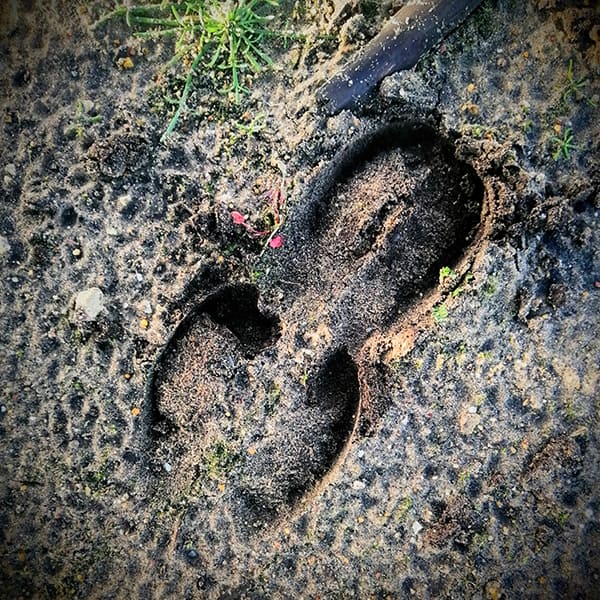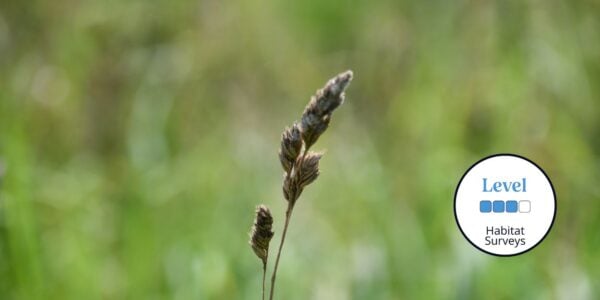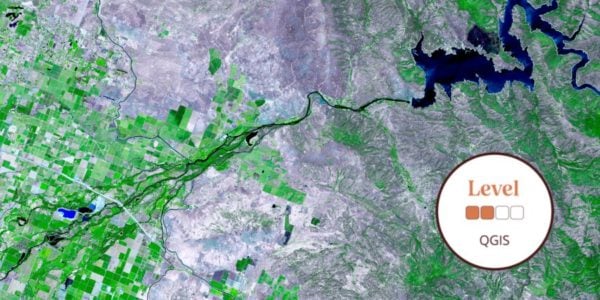This beginner course is a great place to start for those looking to improve their ability to identify a range of wildlife tracks and signs.
You will learn skills to confidently identify a variety of mammal and bird activity including the physical appearance and ID features of a tracks, feeding signs, homes, and droppings. You will also have plenty of time exploring outdoors to put your new found knowledge into practice, leaving you with a solid introduction to the world of tracking.
Wildlife tracking is an ancient science and art – one that humans once relied upon for survival. Tracking involves a range of skills such as identifying the animal that left the clue, working out what it was doing and when, and even finding the animal itself. Tracking is a great way to hone our ability to observe details around us and to build our knowledge of wildlife, specifically their presence, movements and feeding ecology. This place-based training course from the Field Studies Council includes a balance of classroom-led and outdoor learning opportunities focusing on building introductory knowledge of wildlife tracks and signs, and the identification/ understanding of some examples of these. It will introduce Master Listing as a concept to help objectively interpret what we find in the field.
Tutor: Dan Puplett
Dan Puplett is a naturalist, conservationist and environmental educator, and has been involved in a wide range of conservation projects. He is a certified wildlife tracker and is one of the first people in Europe to achieve a 100% score in Track and Sign under the rigorous international system for evaluation trackers. Dan is the author of the FSC Guide to British Bird Tracks & Signs and teaches naturalist field skills to people of all ages.Sorry this course booking is closed





